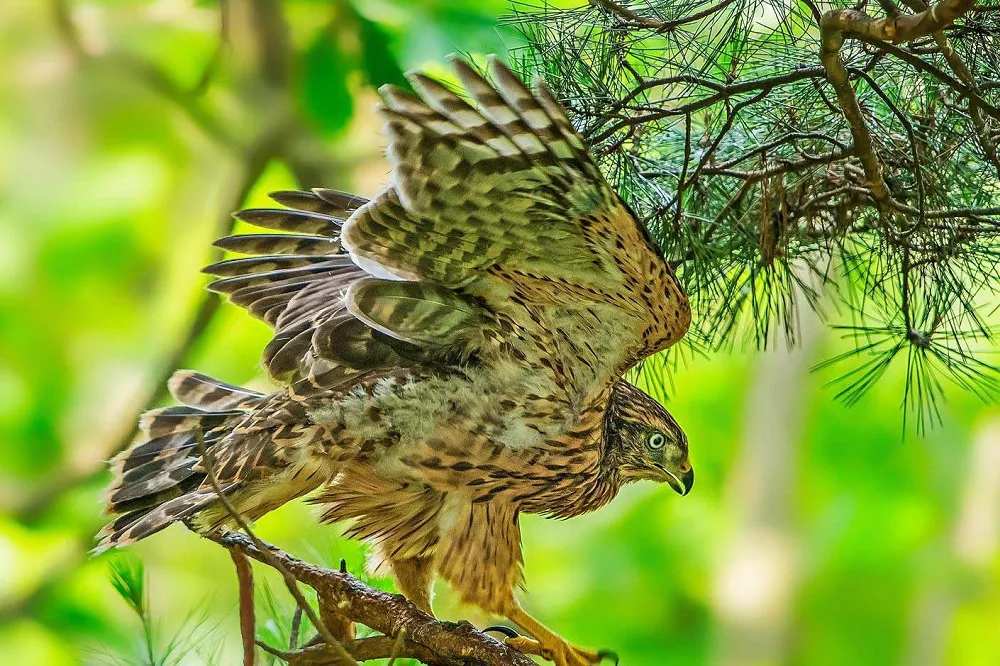Goshawks are one of the most powerful and agile raptors in the world. They are known for their incredible speed, strength, and agility, which make them formidable predators. These birds of prey are found in many parts of the world, including North America, Europe, and Asia. Goshawks are opportunistic hunters, and their diet can vary depending on the availability of prey in their environment.
So, what do goshawks eat? Goshawks are carnivorous birds, which means that they feed on meat. They are known to hunt and eat a wide variety of prey, ranging from small mammals to birds and reptiles. Some of the most common prey items of goshawks include rabbits, hares, squirrels, rodents, and small birds like jays, doves, and pigeons.
Goshawks are also known to hunt larger birds, including pheasants, grouse, and even other raptors. They are capable of taking down birds as large as ducks and geese, using their powerful talons to grab and kill their prey. Goshawks are also known to hunt reptiles, such as snakes and lizards, and occasionally, they may feed on insects and other small invertebrates.
The hunting strategies of goshawks vary depending on the type of prey they are targeting. When hunting small birds and mammals, goshawks will often ambush their prey from a perch, using their incredible speed and agility to catch their prey off guard. They may also use stealth and camouflage to sneak up on their prey and surprise them.
When hunting larger prey like ducks and geese, goshawks will often chase their prey in mid-air, using their impressive speed and maneuverability to catch their prey. They may also use their wings to help them corner their prey and make a quick grab with their talons.
Overall, goshawks are skilled hunters that are capable of taking down a wide variety of prey. Their diet can vary depending on the availability of prey in their environment, but they are always on the lookout for their next meal. Whether hunting from a perch or chasing prey in mid-air, goshawks are fascinating birds that are well adapted to their role as top predators in their ecosystems.


 Facebook
Facebook  Instagram
Instagram  Youtube
Youtube 